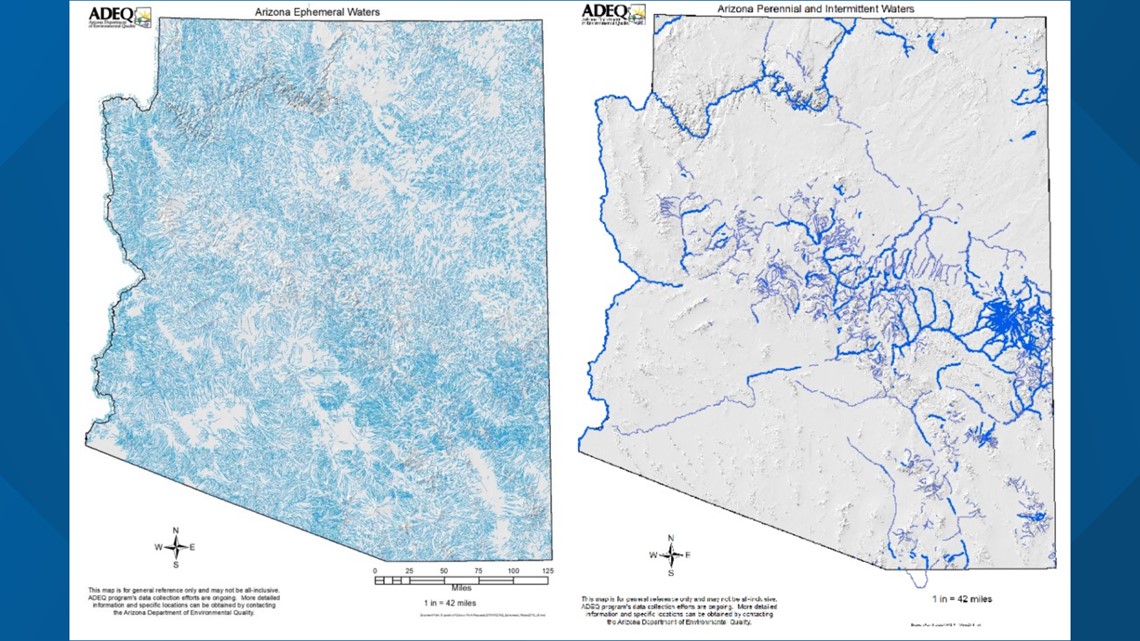WASHINGTON D.C., DC — An Idaho couple's nearly two-decade fight to build a home near a large lake has caused a massive change in U.S. water pollution protections.
The implications of the change could mean around 95% of Arizona's waterways are free to be polluted, according to environmentalists and water policy officials.
The U.S. Supreme Court released its judgment on the Sackett v. EPA case on Thursday, in which Michael and Chantell Sackett argued the wetland on their property shouldn't fall under the EPA's protection. The court unanimously ruled in favor of the Sacketts, saying the wetland on the couple's property fell outside of the agency's authority.
The decision focused specifically on wetlands, but it may hold implications for numerous other waterways throughout the nation. Five out of the nine judges ruled that wetlands can only be regulated under the Clean Water Act if they have a “continuous surface connection” to larger bodies of water.
THE RULING, EXPLAINED: Supreme Court rules against EPA in wetlands regulation case
This new test of what bodies of water fall under the act's protection may legally allow for the pollution of Arizona's "ephemeral streams," or streams that only flow during or after rain and snowmelt. These streams, which make up around 95% of the state's waterways, do not have a continuous surface connection to lakes or rivers, but they can carry pollutants to those bodies of water just as easily.
"The seasonal streams are so beneficial because they protect our surface and groundwater quality, the buffer downstream private property by conveying floodwaters and sediment and dirt, they replenish our groundwater," said Haley Paul, policy director at the Southwest branch of the Audubon Society.


Prior to this court decision, ephemeral streams were regulated under the Clean Water Act because they had a "significant nexus" to downstream waters, according to Joan Card, an environmental attorney and former water quality division director at the Arizona Department of Environmental Quality.
Since the court's ruling seemingly gets rid of that "significant nexus" requirement specifically for wetlands, it's unclear what pollution protections remain for Arizona's streams.
"Today’s decision calls into question the viability of the significant nexus test for Arizona streams," Card said. "If the significant nexus test no longer applies, those ephemeral streams would not be regulated under the federal Clean Water Act."
The ruling leaves Arizona's lawyers and policymakers uncertain of how exactly this will play out for the state's seasonal streams, with no set way to gain that certainty back. For example, 12News reached out to the City of Phoenix's Water Services Department with questions on how the ruling would affect city water policy. The city declined to comment, saying it's still reviewing the ruling and the greater implications it has on Phoenix.
"Uncertainty with our water supplies and our waterways ... ultimately I think that hurts us," Paul said. "The dream would be a durable, lasting rule that we all agree to."
Water Wars
Water levels are dwindling across the Southwest as the megadrought continues. Here's how Arizona and local communities are being affected.

